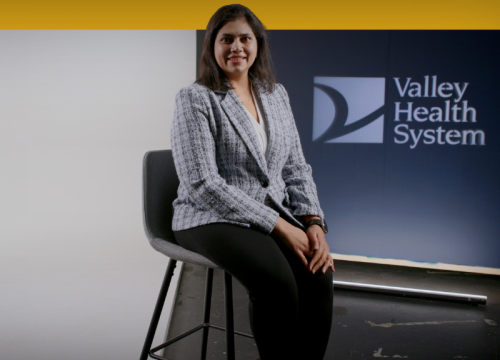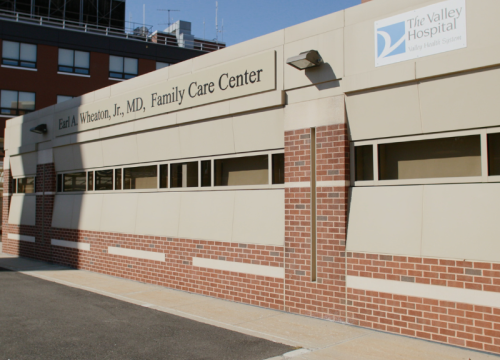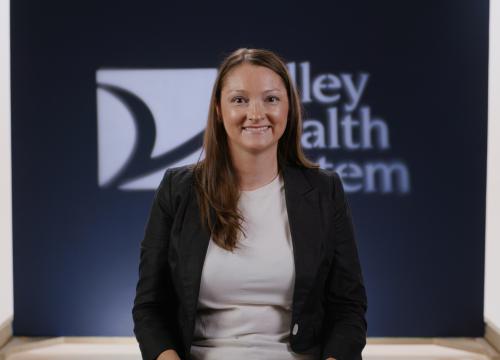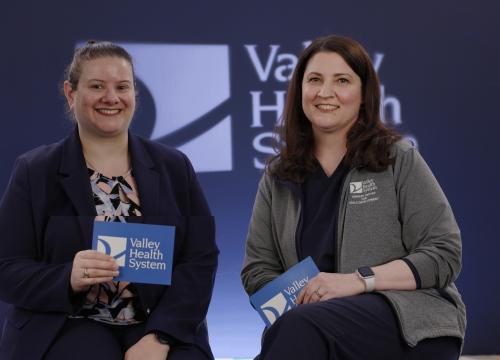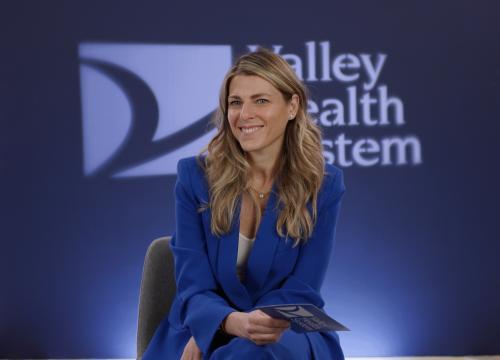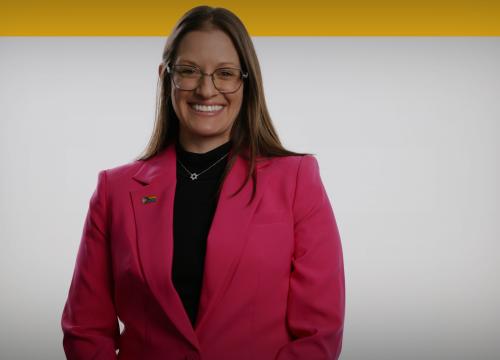
What is spasticity?
Spasticity, common among children with cerebral palsy, is a condition in which the muscles stiffen or tighten, which may interfere with movement, speech, or cause pain and discomfort. Generally, spasticity is caused by damage to an area of the brain or spinal cord that is responsible for controlling muscle or stretch reflexes. Spasticity is also common among children with multiple sclerosis or other brain and spinal cord injuries.
What treatments options are available for patients experiencing spasticity?
Valley’s Center for Pediatric Spasticity offers many treatments for patients experiencing spasticity, including physical, occupational, and speech therapy; oral medications; injectable medications including Botox; bracing; orthopedic surgery; and neurosurgical procedures.
Our team understands that every child’s condition is different. Through our multidisciplinary team approach, our team examines each patient and develops a treatment plan that best suits their individual needs.
Therapies and medications are not helping. Is my child eligible for neurosurgical intervention?
We never start with surgery. If previous management practices – such as therapies and medications – have been used, we will evaluate the child’s previous medical history and use this information to aid in the development of an updated treatment plan.
Botox injections may be recommended to provide relief directly to the affected muscle groups. While Botox injections are often very helpful to reduce spasticity and improve function, it is important to note that Botox injections provide only temporary relief, roughly lasting about three months.
If injectable medications (Botox) are not sufficient in alleviating pain, patients will be evaluated for orthopedic and neurosurgical interventions to help relieve the symptoms associated with their spasticity. Both types of procedural interventions are considered because they have different approaches and goals. Orthopedic surgeries can be very powerful and effective, but they do not address the underlying cause of spasticity, which lies in the central nervous system. Neurosurgical interventions, on the other hand, more directly address the underlying spasticity problems by affecting the central nervous system directly. Our multidisciplinary team will collaborate to determine which surgical intervention is best suited for the patient.
How do you determine which children are candidates for neurosurgical intervention?
Many factors including age, the severity of spasticity, and location of spasticity (arms, legs, or both) in each child will be considered. Our team fully evaluates each patient and will not recommend neurosurgical intervention until we are certain that other less invasive strategies are insufficient at managing the child’s spasticity.
When children are recommended for either minimally invasive selective dorsal rhizotomy or intrathecal baclofen pump surgery, it is important for our team to set realistic expectations with each family. Each child with spasticity is unique and surgery will result in a unique outcome. Nevertheless, extensive research and decades of experience demonstrate that the vast majority of children benefit from these interventions, with often life-changing improvements in spasticity and function.
What are the two neurosurgical intervention procedures available for pediatric spasticity patients?
At Valley’s Center for Pediatric Spasticity, we offer minimally invasive selective dorsal rhizotomy (SDR) and intrathecal baclofen pump (IBP) surgery.
What is Minimally Invasive selective dorsal rhizotomy?
The minimally invasive selective dorsal rhizotomy (SDR) procedure is the most powerful, long-lasting, and permanent treatment option to reduce spasticity. SDR is performed by delicately spreading out the nerve roots in the spinal canal, stimulating and testing them individually, and then cutting only the nerve rootlets that send misfiring signals to the muscles that cause spasticity in the legs. Unlike other spasticity centers, our minimally invasive SDR procedure is typically performed through a one-to-two-inch incision, which allows for a more rapid recovery after surgery.
Children who undergo SDR typically experience immediate improvement in their spasticity. Traditionally, these children stay in the hospital only a few days after surgery and will then be transferred to inpatient rehabilitation for two to four weeks in order to strengthen muscles after surgery and learn how to achieve more normal movement. Goals of surgery and anticipated outcomes will vary among patients depending on the type and severity of cerebral palsy.
What is intrathecal baclofen pump surgery?
Some children who are not good candidates for selective dorsal rhizotomy may benefit from intrathecal baclofen pump surgery. Baclofen is a medication typically given orally that is a powerful muscle relaxant commonly used to reduce spasticity. During intrathecal baclofen pump surgery, a pump is surgically placed under the skin over the patient’s abdomen and connected to small tubing that is placed directly in the spinal fluid surrounding the spinal cord. The advantages are that: (1) the pump can be adjusted and controlled with a magnet to try to find the ideal dosage for each child, and (2) delivery of baclofen directly into the spinal fluid surrounding the spinal cord leads to medication doses about one hundred times higher and more effective than when given orally.
After successful implantation, the Baclofen pump requires continual maintenance and is refilled with medicine periodically.
What are the patient benefits associated with neurosurgical procedures?
Research has shown that the natural history of spasticity is that as children get older, they typically experience a decline in function with increased joint deformities and the development of chronic pain. One of the goals of neurosurgical intervention is to change the natural history to prevent these things from occurring. After surgery, depending on the individual child, we typically see a significant reduction in spasticity and often see meaningful improvements in function, range of motion of the joints, and improvements in the ease of care and activities of daily living.
What would you like patients to know about your personal philosophy of care?
When your child has been diagnosed with cerebral palsy and spasticity, it can be overwhelming to coordinate the large number of practitioners and medical visits needed. We would like families to know that we have developed a one-stop-shop where patients and their families will receive evaluation from a multidisciplinary team of board-certified physicians, including physiatrists, neurosurgeons, neurologists, and orthopedists; social workers; physical therapists; orthotists; DME providers; and nurse practitioners – all in a single visit.
Our team evaluates each patient individually to provide a personalized treatment approach. We communicate directly with each other, the patient, and the family to ensure everyone is on the same page. We also take the time to develop personal relationships that will last a lifetime. We want to be with you every step of the way.



